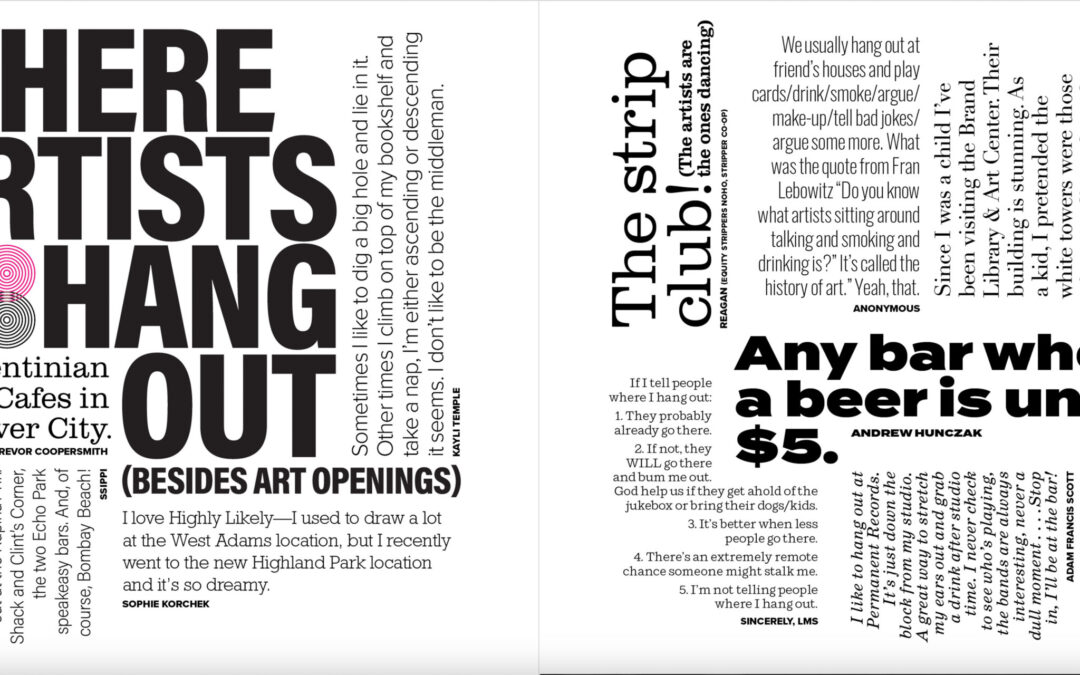

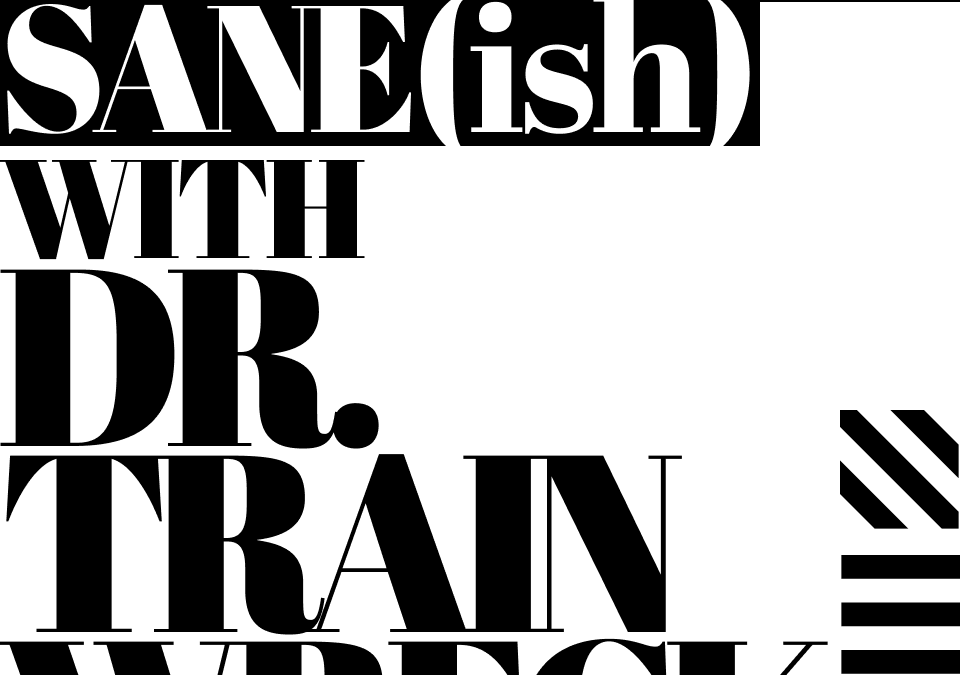
STAYING SANE(ish) WITH DR. TRAINWRECK — (print exclusive) Dear Dr. Trainwreck
Dear Dr. Trainwreck, I've been relatively successful as an artist, but still, I often feel less than. In a world that is becoming more inclusive and understanding of diversity, economic diversity is still somehow frowned upon. I grew up pretty poor in LA. I've had...

COLLECTOR’S CORNER — (print exclusive) Jordan D. Schnitzer
Artillery recently sat down with art collector and philanthropist Jordan D. Schnitzer during the opening of The Schnitzer Family Foundation’s “The Art of Food” exhibition currently on view at the Long Beach Museum of Art. Why Art? How do we deal in a world where we...

POEMS
Adopt a Highway Old world sadness meets modern shame on a melancholy walk along a dirty shore, where the beachfront properties are indistinguishable from public restrooms. As we step around fly-strewn masses of rotting seaweed and stare at the sun as it sinks behind...
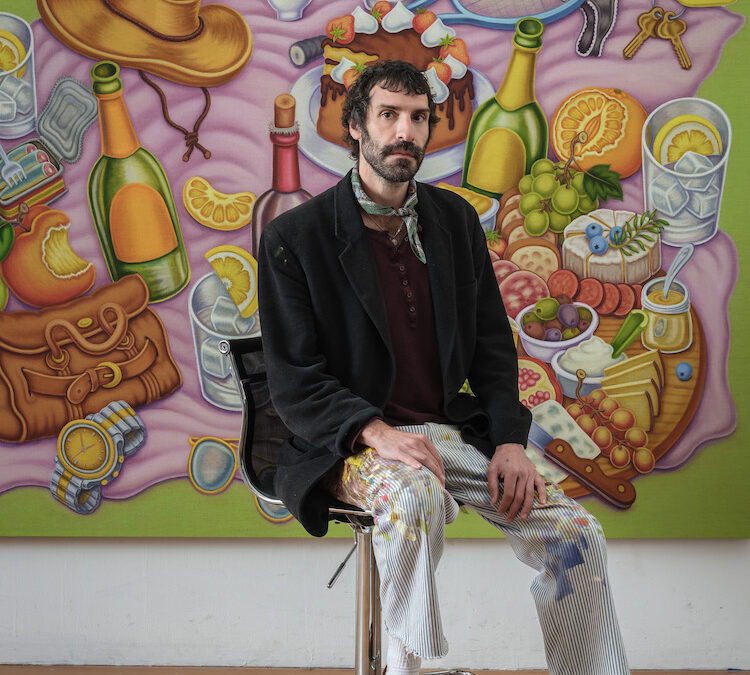
AN ARTIST ANSWERS QUESTIONS Pedro Pedro
Top three dead artists? Fernando Botero, Wayne Thiebaud, and Henri Matisse. This article is available in print and in our digital edition. To read the full article, please subscribe.

STAYING SANE(ish) WITH DR. TRAINWRECK — (print exclusive) Narcissists
I have a notebook from this obnoxious British heritage brand called Smythson, and on the front cover it says, in gold leaf, “Charming in Character and Appearance.” The only thing in this particular notebook is pages upon pages of what I call “unforgivable things”:...
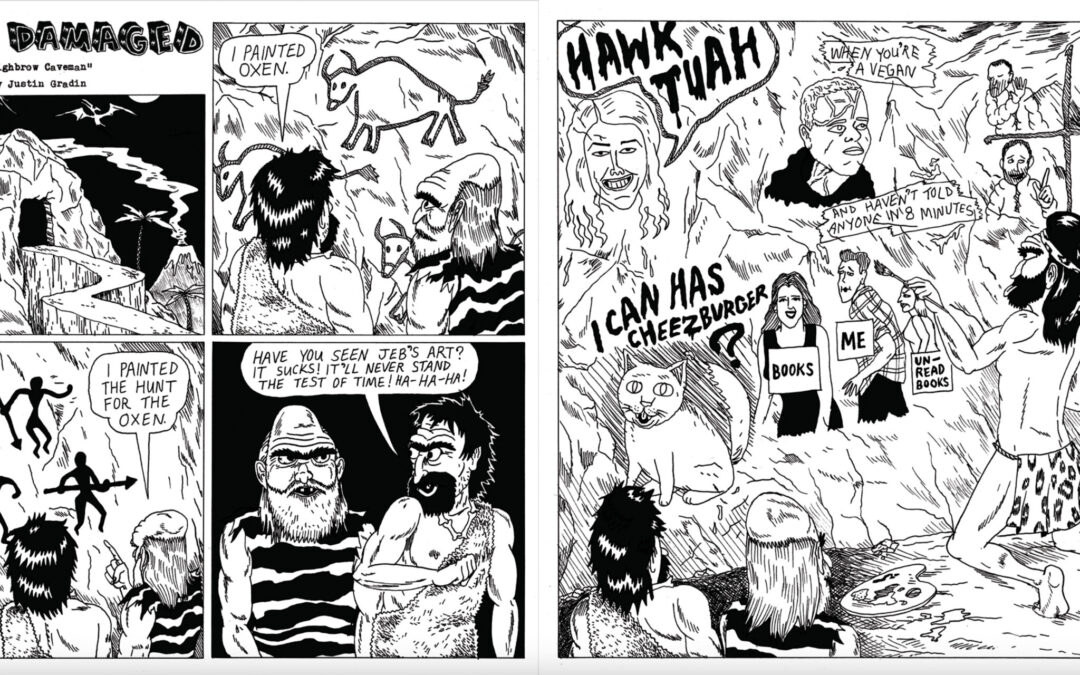
ART DAMAGED Highbrow Caveman
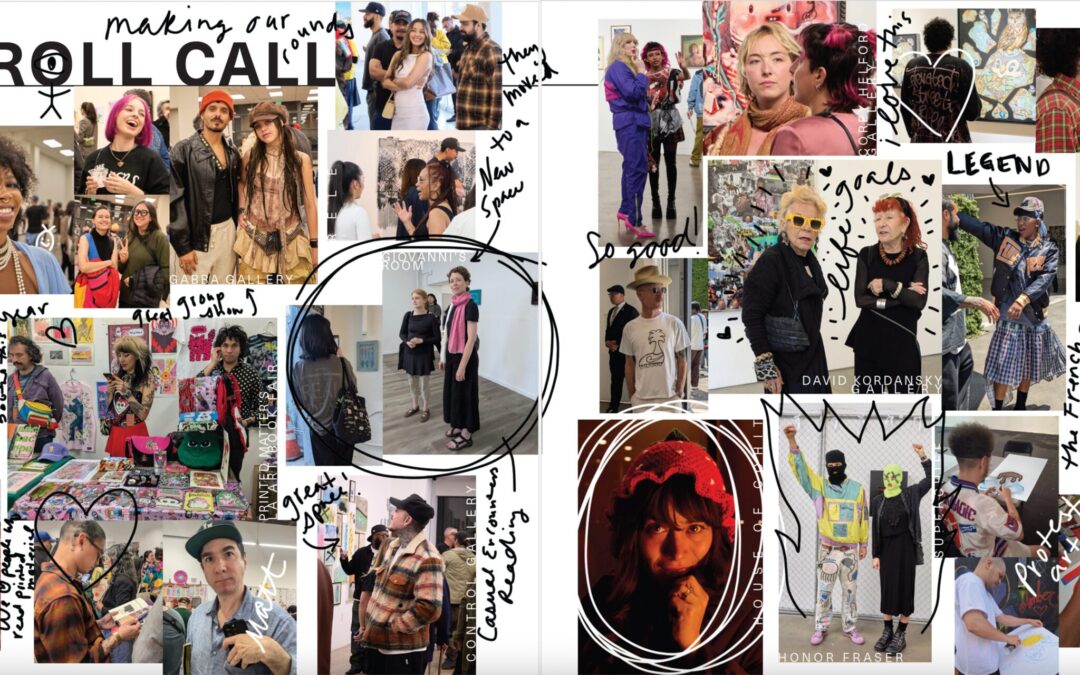
ROLL CALL
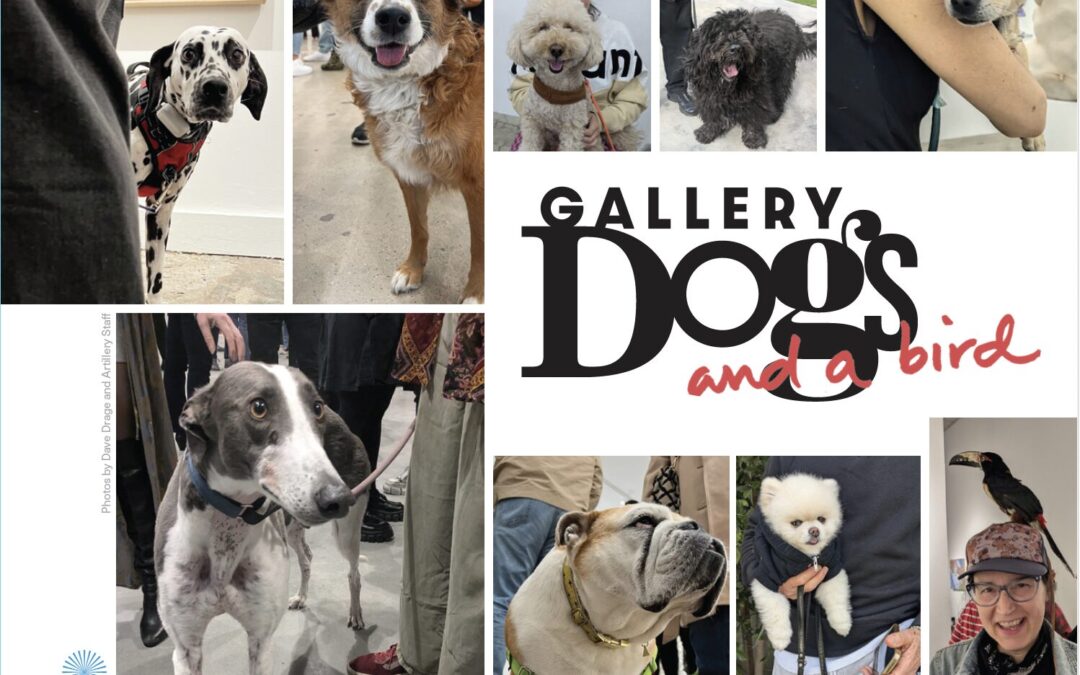
GALLERY DOGS (and a bird!)
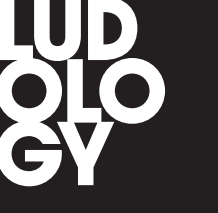
LUDOLOGY
This month’s game is an art contest. You must make it. Specifically, you must make a work of art that is perfect for Instagram and made at Instagram scale. Make a rectangular art object that exists in the real world (no digital art), and make that object no larger...
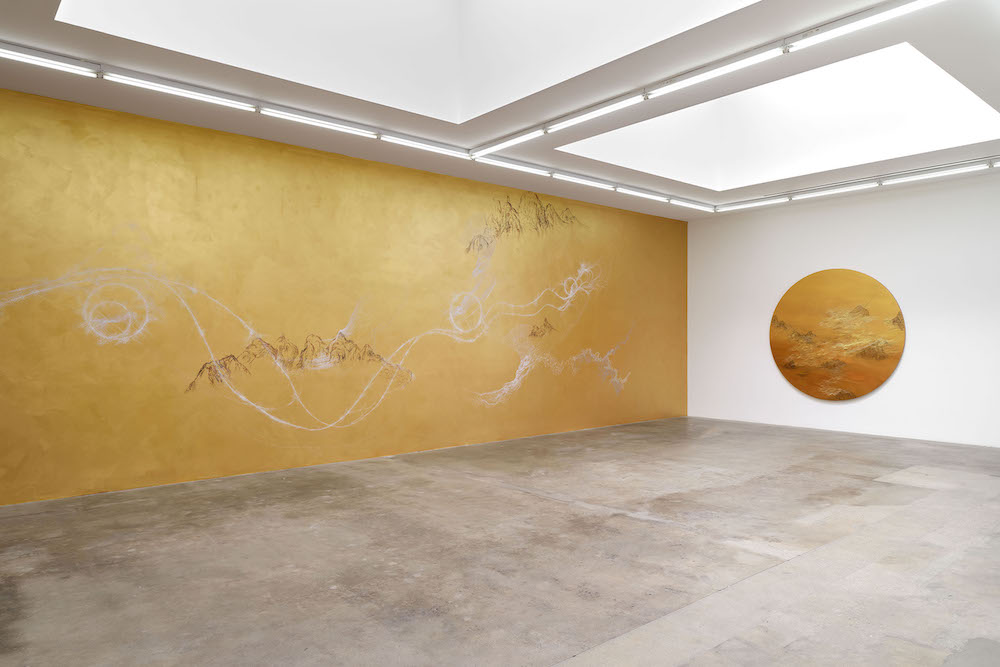
Sandra Cinto
The delicate line-work in these semi-abstract sea/land/sky-scapes is incredibly controlled, almost to a fault. It doesn’t leave much room for the unexpected. This might be okay except that the overall vocabulary of forms is a bit too constrained. For instance, the...
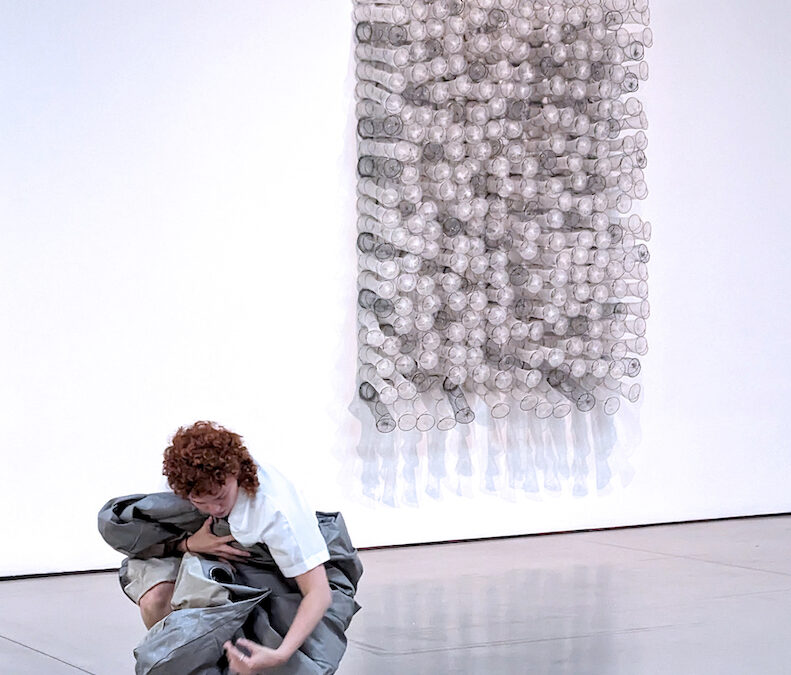
Volta’s “Loneliness Triptych” at Jeffrey Deitch
Friday night director/choreographer Mamie Green (collaborating with writers Stephanie Wambugu, Lily Lady, and Sammy Loren) presented 𝑳𝒐𝒏𝒆𝒍𝒊𝒏𝒆𝒔𝒔 𝑻𝒓𝒊𝒑𝒕𝒚𝒄𝒉, a 30-minute dance/spoken word performance in three consecutive parts, each performed in one of Jeffrey Deitch...
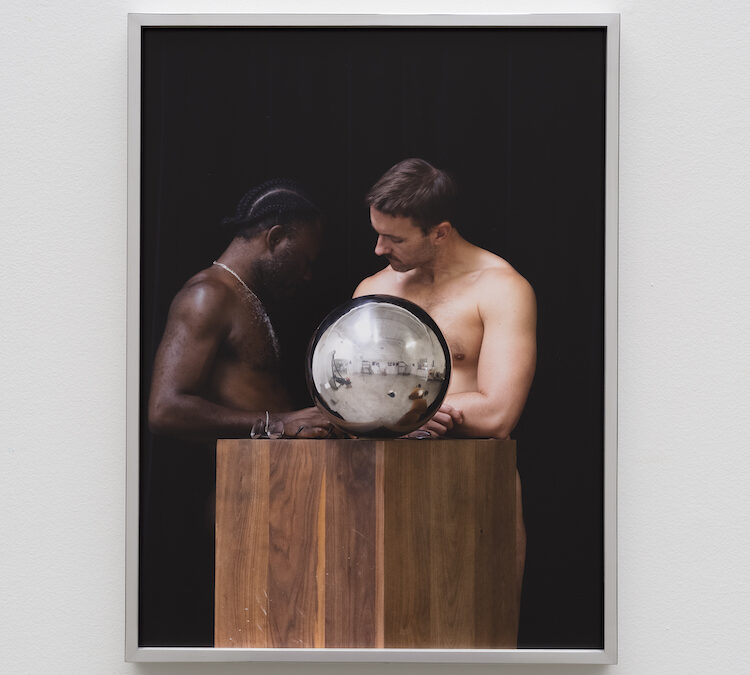
Paul Mpagi Sepuya at Vielmetter
The title “positioner” refers to the photographer’s inclusion of himself in several of these photos as he positions his models, most of which are queer men and women. These are a reflection on studio portraiture as a specific social context. They explore the...
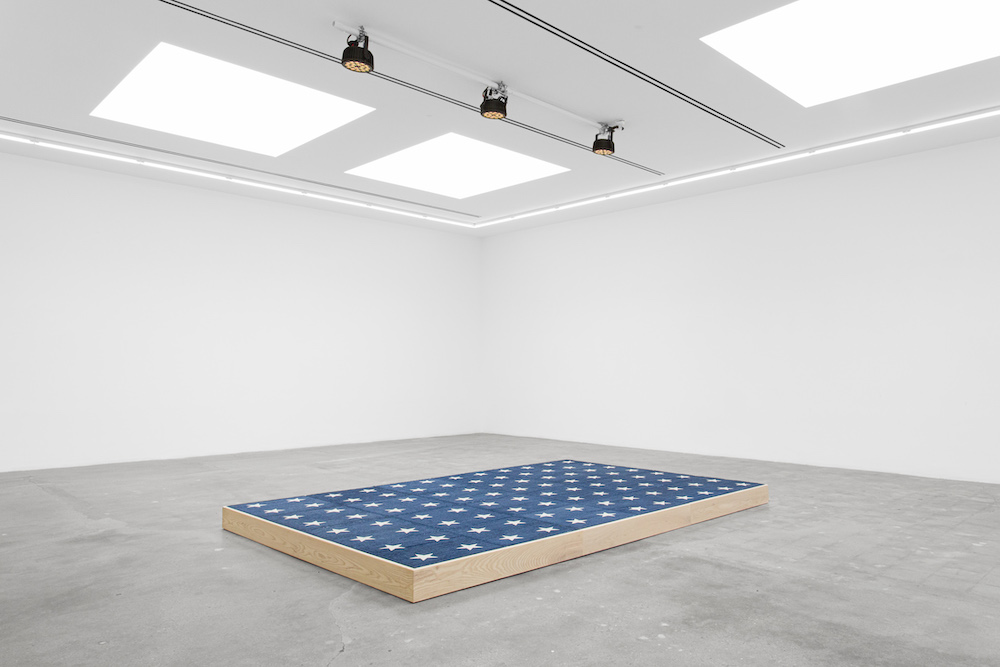
Jill Magid at Various Small Fires
The centerpiece of this show is a carpeted wooden platform, covered with white on blue stars like an American flag. Various Small Fires’ owner, Esther Kim Varet, is running for Congress, and this mini-stage is meant for use by her campaign. What Varet and artist...
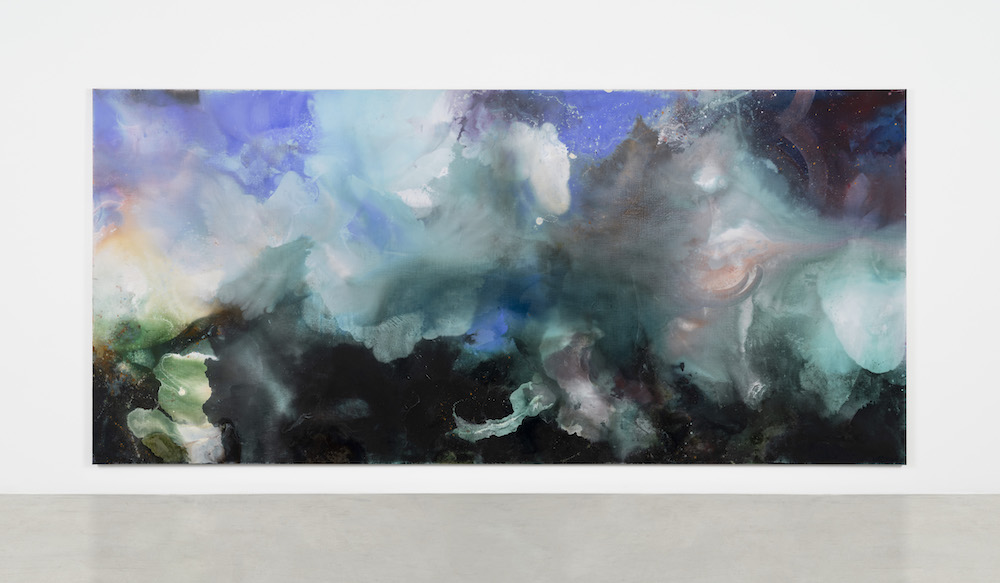
Mary Weatherford at David Kordansky Gallery
Two big rooms of Mary Weatherford’s prodigious wall works still aren’t enough space to contain the mesmerizing views the artist generously presents in “The Surrealist” exhibition, which is a bold, seductive reminder of painting’s emotional power and material...
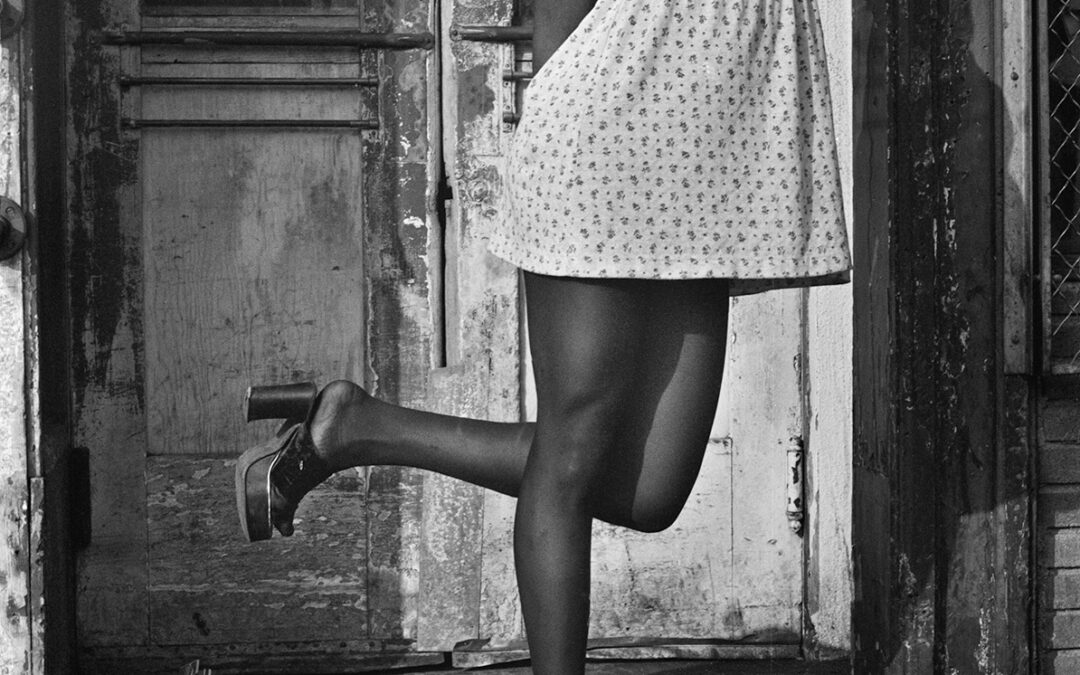
Luis C. Garza at the Los Angeles Central Library
Self-taught photographer Luis Garza began his career as a photojournalist documenting the turbulent social events of the 60s for La Raza magazine, which was a counter-balance to the prevailing conservative and often racist media narratives. His latest exhibit of 63...
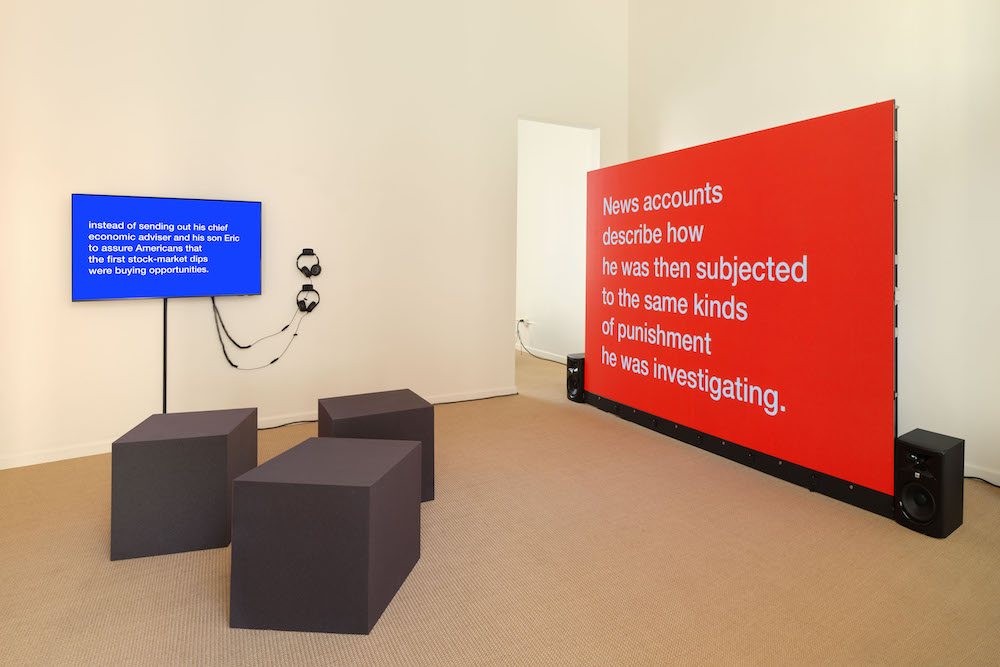
Tony Cokes at Hannah Hoffman
To get to Tony Cokes' "All About Evil" at Hannah Hoffman, a show displaying 12 selected works from a period of nearly two decades (2006-2022), one must pass a sidewalk sign for the neighboring jewelry boutique Spinelli Kilcollin. Cokes' HD videos feature large white...
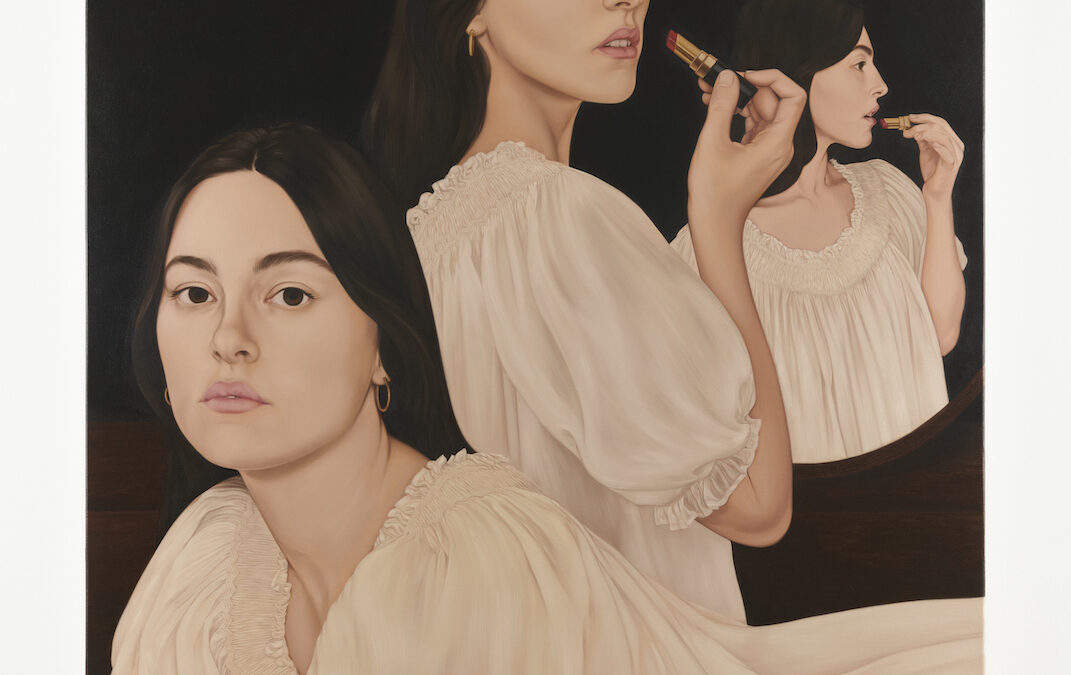
MEGHANN STEPHENSON at Half Gallery
Dario Argento’s 1977 film Suspiria left a lasting impression on me. It’s moments of indiscernibility, of looming disquiet, of eyes flashing against a blackened screen have stuck with me long since first watch. It’s an exhilarating study of the ominous, of unease, of...

